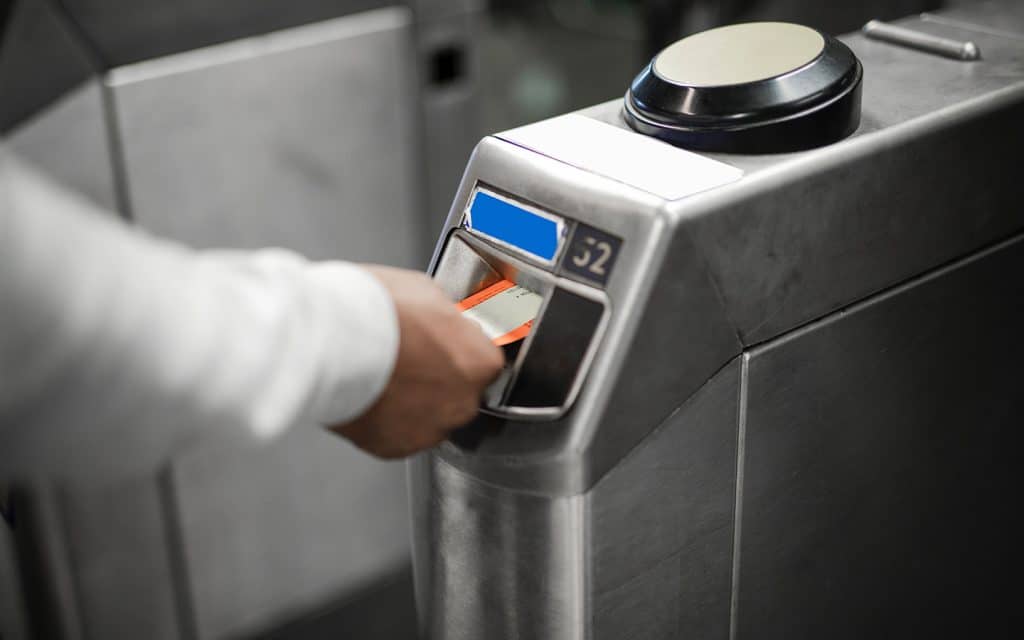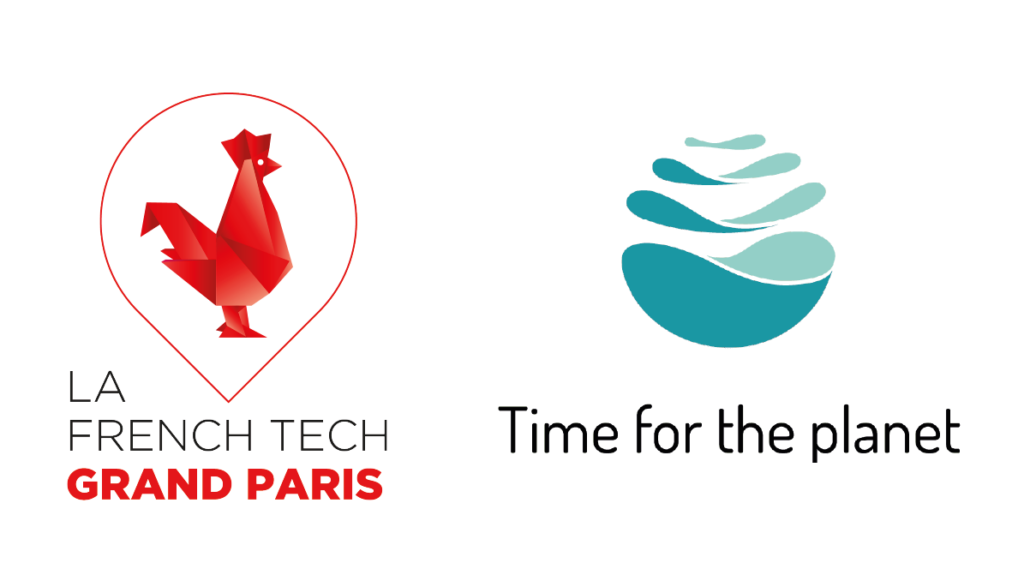Mobility is one of the main challenges facing smart cities. At the crossroads of big data and connected transport, a large number of increasingly innovative solutions are emerging in cities, reshaping the urban environment and residents’ habits.
Towards connected public transport
By combining data gathered from organisations, citizens and companies, some solutions provide the innovation needed to enhance mobility in city centres, while remaining small enough to fit in your pocket.
The app ZenBus, deployed in two French towns (Issy-les-Moulineaux and Nantes), enables users to geolocate buses in real-time on their smartphones. The app’s model is based on information sharing, similarly to Waze: drivers simply display the positions of buses and share them with users.
This system could be widely applied and used by major French cities to create connected transport, in particular to control traffic and avoid two buses following each other on the same journey and increasing the waiting time for the next bus.
Big data can be used to go even further: some European cities, such as Santander in Spain, a pioneering smart city in Europe, use connected objects enhanced with artificial intelligence to optimise handling of road accidents.
Connected vehicles can immediately communicate the medical data of people involved in accidents to the city’s departments, for example to perform emergency blood transfusions when required, or speed up journey times to hospitals by turning on green lights as ambulances approach. The communication of this data is made possible by the interaction of connected objects that cover all of the smart city’s activities, from transport to logistics, health and B2C.
While these applications provide added convenience for public connected transport users, by reducing waiting times and optimising traffic flows, their effectiveness is limited by accessibility to the mobile network, which is very restricted in metro and RER stations, as well as some urban areas with poor 4G network coverage. To address this issue, solutions integrating WiFi could be envisaged, to ensure the reliability of connected services.
Smart parking at the heart of smart cities
No more signs indicating that car parks are full, when they actually have plenty of free spaces. With smart cities comes smart parking: innovative connected solutions to facilitate and optimise parking in cities where demand is high.
AppyParking, for example, notifies users of free parking spaces around them in real-time. This ingenious approach stems from the new generation of car parks that integrate an empty space counter in each row in order to ease traffic flows.
Similarly, applications such as PayByPhone are transforming the relationship between drivers and parking. You no longer need to stick a ticket under the windscreen, try three ticket machines before finding one that works, or keep an eye on the time: the app sends an SMS alert before time is up and enables users to top up parking time remotely. Inspection is done with ease by simply scanning number plates.
Mobility is a major part of smart cities. In order to promote the growth of connected transport, cities are using new real-time information services, such as route optimisation and smart parking. However, the real challenge is related to data: eventually, it will become essential for cities to take ownership of these solutions in order to control data gathered and ensure compliance with the GDPR.









